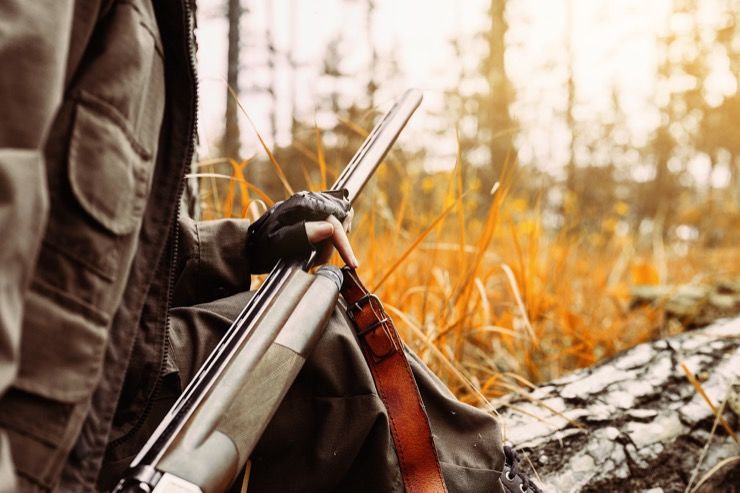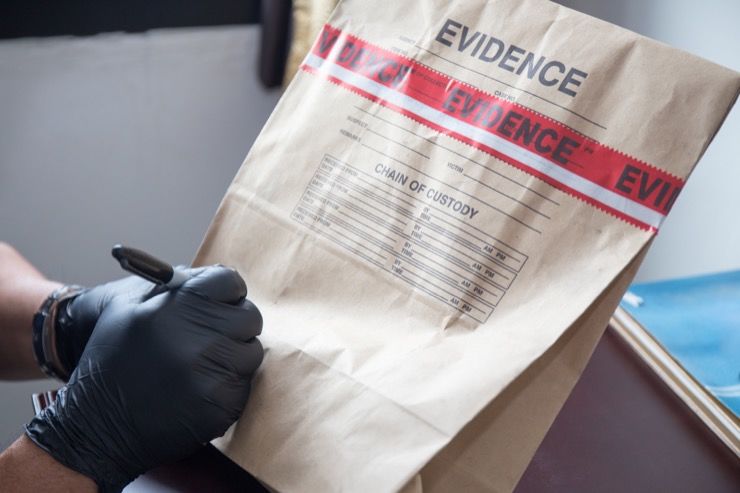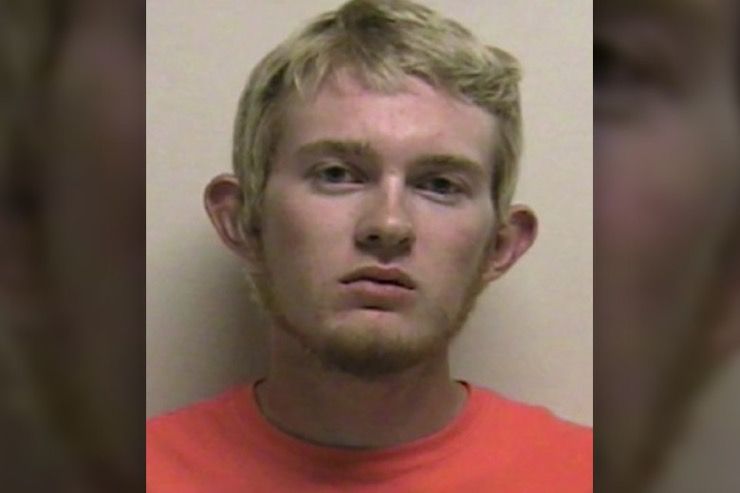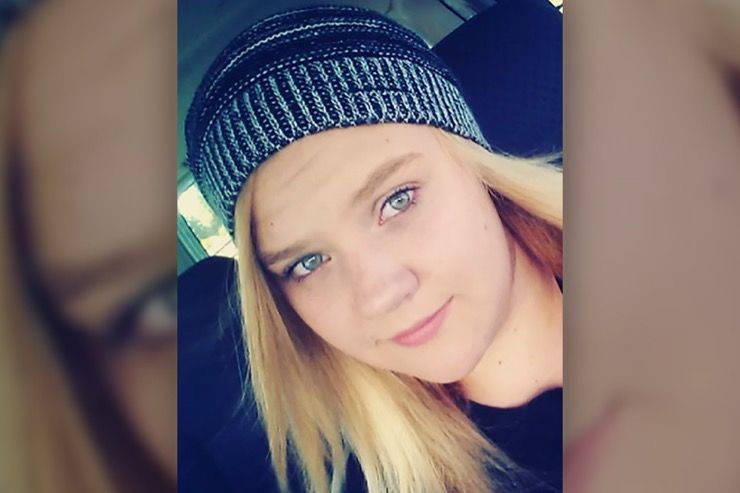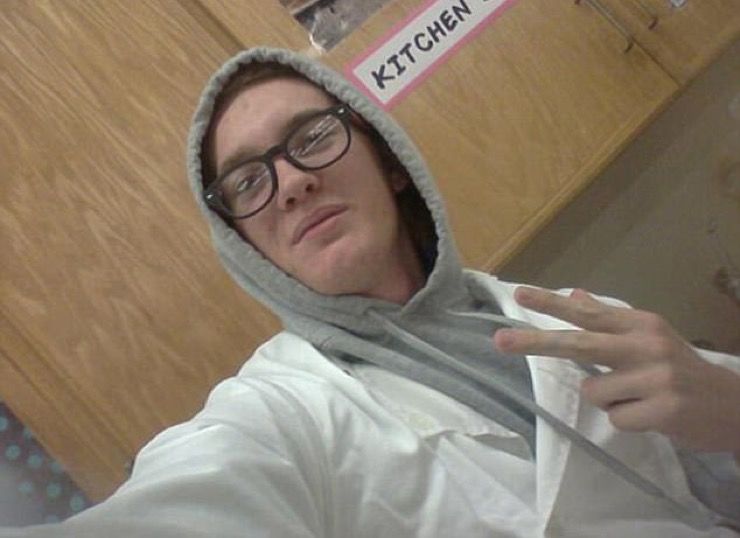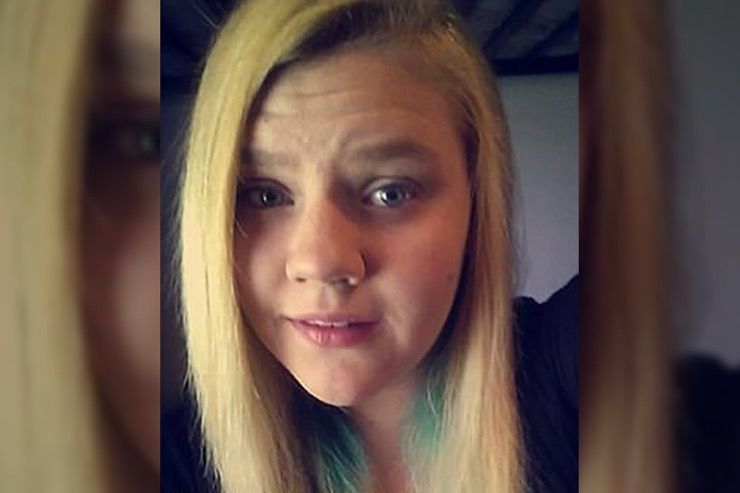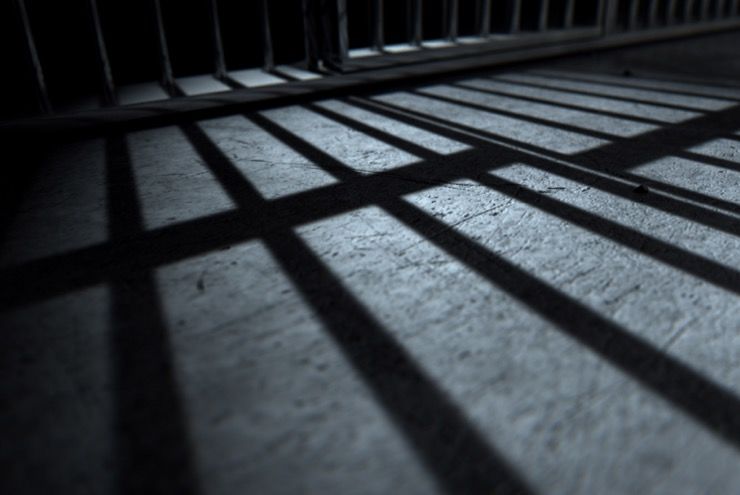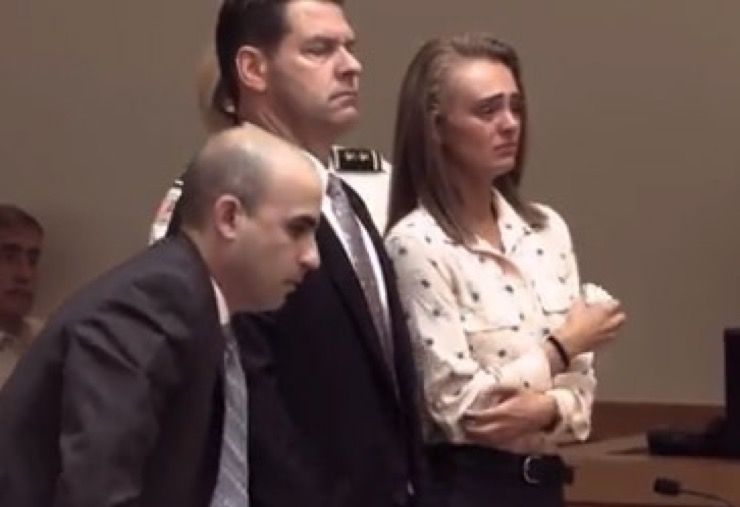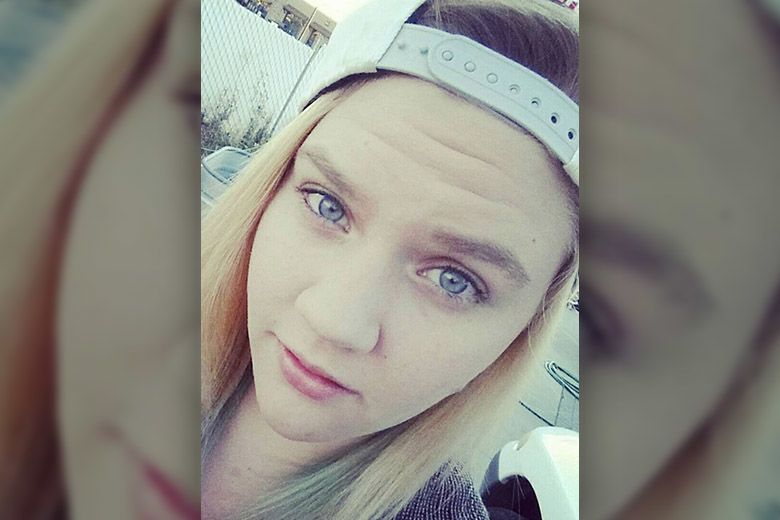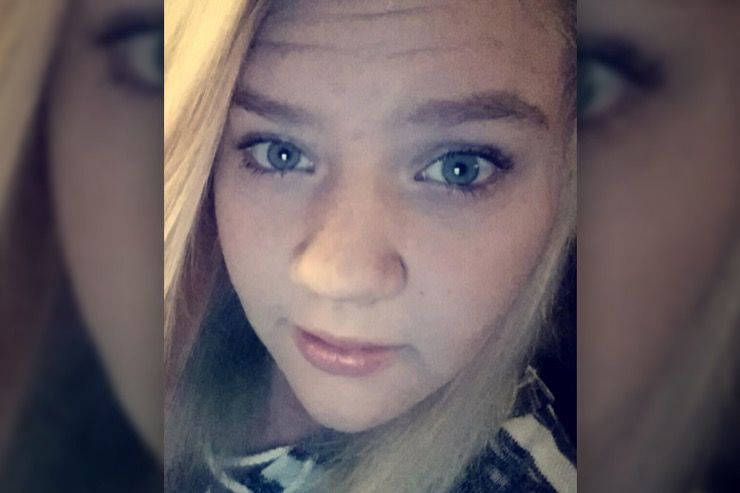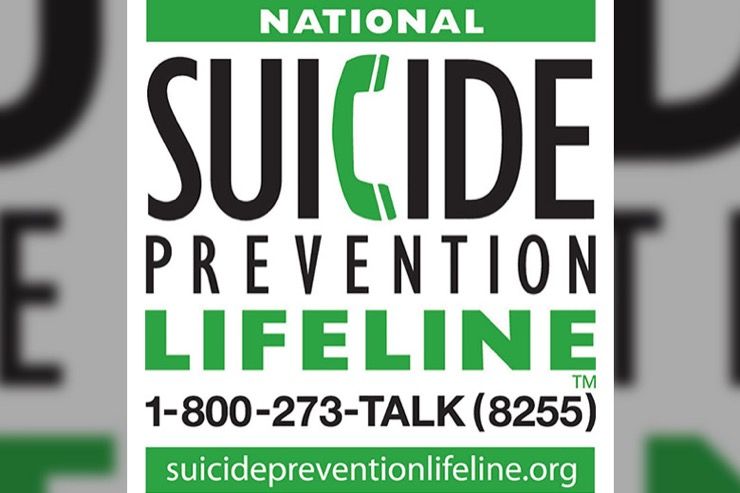What would you do if you knew a friend was trying to commit suicide? It’s a difficult question and one with no easy answer. Many would say that the most obvious choice is to talk the person out of doing something so final. Of course, suicide is hardly ever as cut-and-dry as all that.
One teen, however, decided that the best way to help their friend escape the pain they were experiencing was to help them go through with it. The case brought up a number of questions about not only the nature of suicide itself but how the law should respond.
Turkey Hunt
The Utah man who found 16-year-old Jchandra Brown’s body was nearly sick when he saw her. He’d started that morning on a good note. He was excited to head into the woods for a good, old-fashioned turkey hunt in Spanish Fork Canyon. He never intended to find the hanging corpse of a teenage girl dangling from a noose near Maple Lake.
Not Alone
The turkey hunter called the authorities, who came out to the area right away. After cutting down Ms. Brown’s body, they discovered a number of things. First and foremost was that Brown had committed suicide by way of hanging. Some other nearby contrivances and the relative height of the hanging girl revealed something else; she hadn’t committed this act all on her own.
Bagged Evidence
There were two grocery bags on the ground next to Brown’s body. They contained receipts for a rope and an aerosol air duster of the kind most people use to clean off their keyboards. Her phone was there too, as well as a handwritten note for those who found her to watch the video on it that revealed what had actually happened.
Crying Man
Walking on a nearby trail, Tyerell Przybycien was feeling very guilty. He was crying when police happened upon him and he openly admitted that he had been with Brown when she died. Przybycien admitted that he had been there in that moment and had fled because he was scared, but that wasn’t the whole truth, not by a long shot.
Questioning
The police brought him in for questioning and it was during that first, initial interview that Przybycien admitted everything. Brown had confided in him that she had wanted to die and despite his reservations, he had agreed to help her. As it happened, Przybycien’s “reservations” had little to do with helping her commit suicide, and everything to do with doing it the right way.
Incriminating Evidence
Przybycien also admitted that it was he who had purchased the rope and air duster. He’d picked Brown up after work and driven her to the spot. He’d done everything short of tallying the rope over the branch and according to the video evidence, the full extent of his morbid assistance was about to be revealed to the world.
Offhand Comments
A week before Brown’s death, Przybycien had spoken to friends over text about his part in the whole gruesome affair. “It be awesome,” he’d typed. “Seriously im going to help her. Its like getting away with murder! I’m so […] up. I’m seriously not joking. Its going down in about a week or two.” The 19-year-old actually seemed giddily excited about the prospect.
Grim Rejoicing
When it was done, Przybycien texted another friend saying, “Bro It happened … I helped her do it too and I feel so guilty.” Guilty or no, Przybycien’s fascination with death was apparent in much of their conversations and many of his friends could attest to that. According to Przybycien, helping Brown kill herself was “Like getting away with murder!”
The Video
The video on Brown’s phone revealed much of what actually happened in the moments leading up to her death. The recovered footage, which was recorded by Przybycien, shows Brown standing on a rock, by a piece of wood. Przybycien speaks to her through the lens and a moment later, Brown inhales the aerosol air duster, the noose tight around her neck.
Didn’t Work
Brown giggles and then, because of the aerosol, loses consciousness and falls off the rock. After that, you can hear Przybycien saying, “That did not work … That did not even work.” For the next 11 minutes, Przybycien continues to record Brown, asking her questions as she hangs there. She never manages to answer, she was already dead.
Leaving Her There
Throughout the video, Przybycien comments on the situation. He notes when the brain stops getting oxygen and finally, after an agonizing 11 minutes, Przybycien asks, “Thumbs up if you’re okay.” Once more, Brown does not respond. Knowing the deed is done, Przybycien sets the phone down on the ground saying, “I guess I’ll just leave this here now.”
Confident
Ever since the incident went public, people have been wondering how someone who purported to be Brown’s friend could have done something so sinister. Even if she had confided in him months earlier about her desire to kill herself, it seems unbelievable that he’d not only take her seriously, but buy her the supplies, take her to the location, and tie the noose so she could go through with it.
Helping Hands
Prosecutors quickly brought charges up against the 19-year-old. Their argument is that his actions ensured that Brown would die that day and that by some statute, this might make him guilty of murder. The argument over the legality of assisted suicide was first popularized by the government’s case against Dr. John Kevorkian, the famous suicide doctor.
Her Choice
Przybycien defense is that, even if he purchased and tied the rope, it was Jchandra Brown who chose to climb on the makeshift rock pedestal and place the noose around her own neck. It was her choice to ingest the compressed air and make herself pass out so that she fell from the rocks and hung herself. But the idea of “choice” in cases of suicide has always been a tricky thing.
Assisted Suicide
Przybycien’s case itself actually spurred Utah legislators to pass a law that criminalized assisted suicide. Thanks to his terrible actions, prosecutors can now seek a second-degree felony manslaughter charge for helping someone to kill themselves if they provided the physical means for someone to do so. Przybycien did just that by his own admission.
The Law
The assisted-suicide laws of the state of Utah precluded murder but the prosecution still alleged that Przybycien was directly responsible for Brown’s death. His actions precipitated an inevitable conclusion. There was also the fact that he seemed so morbidly curious about that outcome before, during, and after Brown’s successful suicide.
Pleading Out
In the end, Tyerell Przybycien, pleaded guilty to first-degree felony child abuse homicide. This plea deal saw prosecutors dropping some of the other charges against him including, dropped tampering charges as well as a single count of failure to report a dead body. But those were not the only charges against him at the time of his arrest.
“Lesser” Charge
Przybycien’s initial charges included, murder, which was dropped when the assisted suicide laws came into play, failure to report a dead body, and evidence tampering. Even after pleading guilty though, he still faces charges of possession of child pornography for images found on his cell phone of nude young girls, some under the age of five.
Punishment
At the current moment, Przybycien faces a minimum sentence of five years, but the judge still has the discretion to put him in prison for the remainder of his life. The number of charges, the degree of help he gave, and his outright callousness about something so tragic are serious considerations for the court to consider.
Parallels
The trial itself drew a number of parallels to another recent case. Michelle Carter, a Massachusetts woman, was recently convicted after goading her teenage boyfriend into killing himself. Her callousness seems to be reflected in that of Przybycien, who many still believe is escaping criminal responsibility with the current plea deal.
She Needed Help
The judge wrote about his ruling after the trial finished. “Encouraging and helping to facilitate the suicide of an impressionable minor who could have benefited from support, counseling or therapy is completely lacking of social value.” He was right of course, as the older of the two friends, Przybycien had other options available to him.
Suicide Prevention
Discussing a desire to die is one of the most common warning signs of suicide according to experts. Other feelings of anxiousness, hopelessness, and depression can be clear indicators as well. Beware of those who seem like they are in pain, prone to extremes mood swings, or are uncommonly reckless. Abnormal sleep patterns can also be clear signs.
Multiple Causes
We may never know what truly drove Jchandra Brown to do what she did, but we do know that it could have been prevented. The causes of these suicides are often convoluted and have multiple causes. Most are the product of a long-term suffering and not triggered by one single event. Mental illness is a factor but it can be helped.
Reach Out
Reaching out to those who are experiencing suicidal tendencies is a simple and effective preventative measure. These people need help and so did Jchandra Brown. As her aunt Polly explained it to the Salt Lake paper, “Her problem was, she thought she found a friend and she found a monster.”

